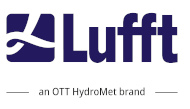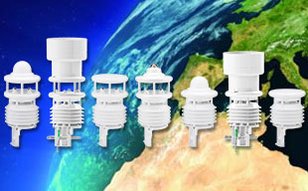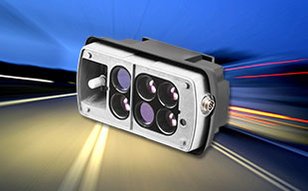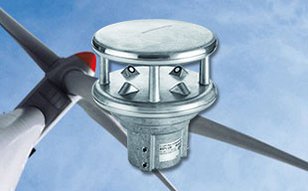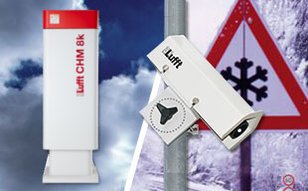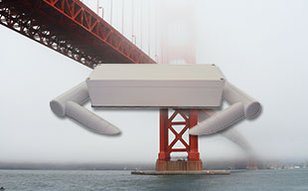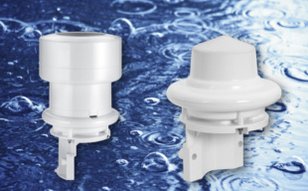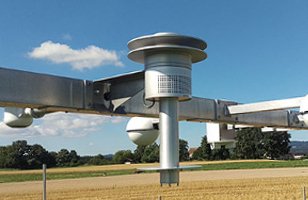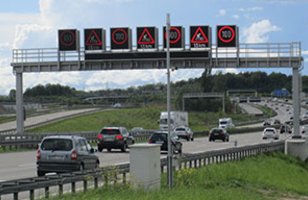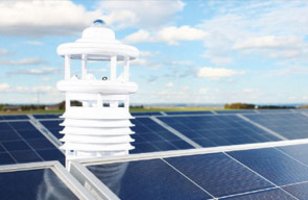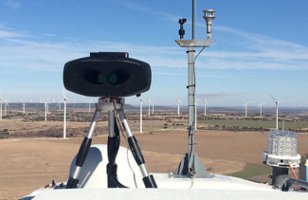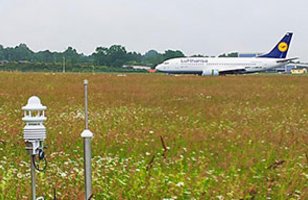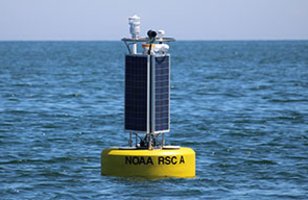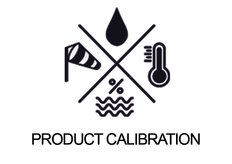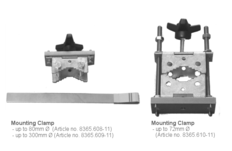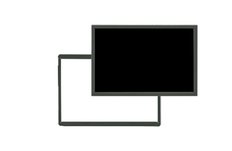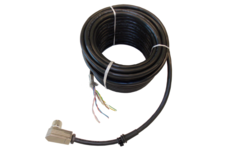Snow Depth Sensor SHM31
The laser-based snow depth sensor Lufft SHM31 stands for millimeter-accurate snow level detection over long distances in all weather conditions without any maintenance, due to opto-electronic/laser based rangefinder technology.
Millimeter-accurate snow levels in all weather conditions: The SHM 31 operates with a visible, easy-to-measure measuring beam. The snow depth is given up to 15 meters within seconds, millimeter-accurate and reliable. Various heating functions significantly extend the lifetime of the laser diode and allow high-quality measurement data in all weather conditions. Regular maintenance becomes redundant with the SHM 31. A very robust housing and an elaborate operation principle allows almost no maintenance work throughout the lifetime of the sensor.
- Snow depth
- opto-electronic measuring technique (rangefinder; laser distance sensor) with eye-safe laser
- Determination of snow depth over long distances, heating options allow high quality measurements in all weather conditions, simplified installation due to automatic inclination angle compensation
- RS485 & RS232 with Modbus RTU, UMB, UMB-ASCII 2.0 & SDI12 protocol
- 8365.30
Advantages of the Snow Height Sensor Lufft SHM31
These are the advantages of the Snow Depth Sensor Lufft SHM31
- Measurement of millimeter-accurate snow levels over long distances
- Various heating functions significantly extend the lifetime of the laser diode and allow high-quality measurement data in all weather conditions
- Compact and weatherproof housing
- Built-in automatic angle meter allows simplified installation.
- Effective suppression of scattered light
- Differentiation between snow and other natural surfaces
- Optical measuring method is independent of temperature or wind fluctuations and thus offers a great advantage over conventional ultrasonic sensors
- Maintenance-free operation: no calibration or exchange of desiccant
Did you attend on our webinar about the SHM31? There we presented the product advantages in more detail. Watch now the recording:
Examples of use of the Snow Height Sensor Lufft SHM31
These are some examples of applications, where the SHM31 is in use:
- Part of (alpine) meteorological observation stations from weather services around the world
- Traffic and aviation safety, road surveillance
- Snow level detection for winter sport areas
- Water & energy related applications/industry
Did you attend on our webinar about the SHM31? There we presented the different applications of the sensor in more detail. Watch now the recording:
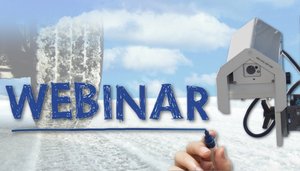
Did you miss our webinar about our laser-based snow depth sensor Lufft SHM31 with explanation of the measurement principle and the main advantages out of it? No problem - watch the recording now!
You will learn more about the laser-based snow depth sensor Lufft SHM31, which combines latest laser technology with reliability even under the toughest environments. Our expert in optical sensors Holger Wille will explain the measurement principle of the laser-based sensor and the main advantages out of it compared to the now ultrasonic snow depth measurements.
|
EU declaration of conformity - Lufft SHM31
EU declaration of conformity - Lufft SHM31
|
|
|
|
|
|
|
|
| General | |
| Dimensions (LxWxH) | 302 × 130 × 234 mm |
| Weight | 2.35 kg |
| Operating parameters | |
| Temperature range | -40 ... +50 °C |
| Relative humidity | 0 ... 100% |
| Measuring parameters | |
| Snow Depth | 0 ... 15 m |
| Mounting distance to surface | 0.1 ... 16 m |
| Accuracy (snow depth)2 | ± (5 mm + 0.06 %) |
| Repeatability | 0.6 mm |
| Intermediate precision/ reproducibility | 5 mm |
| Data-interfaces | |
| RS485 | Modbus RTU , ASCII, UMB protocol |
| RS232 | ASCII protocol |
| SDI-12 | SDI-12 protocol |
| Data transfer mode | Polling (UMB, ASCII, SDI-12); Auto telegram output (ASCII) |
| Electrical parameters | |
| typ. power consumption at 24VDC and 10 s measurement interval | without heater: approx. 0.7 W; with window heating: approx. 3.4 W |
| Power supply | 12 or 24 VDC, tolerance +/- 15% |
| Maximum power consumption(connecting power with heater on) | 18 W |
| Safety | |
| Laser classification | Laser class 2 (IEC 60825-1:2014); complies with 21 CFR 1040.10 except for deviations pursuant to Laser Notice No. 50, dated June 24, 2007 |
| Protection class | IP68 |
| EMC | EN 61326-1:2012 (industrial standard) |
| EC | 2014/30/EU & RoHS 2011/65/EU |
SHM 30: What is the life time of the sensor?
Laser Diode Module (LDM) is the most critical part Expected life time:
- >45,000 h (limited to laser diode MTBF; 4-5 years; runs normal between 100 000 to 200 000 hours)
- MTBF: 45,000 h
SHM 30: How to defrost a frozen sensor
You can fix a heater mat on the metal tube, e.g. with 10W power. This would also be the best way to defrost the window of the sensor. Hot water on a frozen window can lead to a serious damage and shall be avoided.
SHM 30: How can I avoid that the sensor will be covered with snow (affected by very strong winds)?
A special tube may be added.
Diameters:
- Front: 70mm
- Middle: 100 mm
- End: 50mm (connection to the sensor)
An extra Lufft accessory is planned for the future
SHM31: Is it possible to measure water or ice with SHM31?
The SHM31 is mainly designed to measure the snow depth. The measuring principle is not applicable to measure pure ice or water due to strong reflections or translucency. For ice and water on roads please view also our road sensors like NIRS31, MARWIS/StaRWIS and ARS/IRS31Pro.
SHM31: What is the minimum operating temperature of the sensor with the heaters turned off? At what temperature would it be necessary to turn the heaters on? How would turning the heater off affect the overall measurements of the sensor?
The sensor can operate without heater until -10°C outer temperature without heater. Turning the heater off above -10°C would first of all not affect the measurement, but the outer window might get opaque due to condensation/ freezing after a while.
SHM31: What type of current draw does the heater have at 12 V (with and without the heater)?
The power consumption at 12 VDC is roughly: 2.5 W if only the window heater is enabled and 18 W with window and main heater switched on.
SHM31: If operating under SDI-12 communication protocol: Can the heater be turned on and off remotely using the SDI-12 command?
The heaters can be activated/deactivated also with SDI-12. Additionally the heaters could be deactivated with a voltage level at the red 3-pin (configurable).
SHM31: What are the specific limitations of using the sensor on 12V?
There are no limitations. But current will be bit higher to get the same heating power as with 24V.
SHM31: How long would the sensor need to be on in order to be stabilized and to record proper data? Can the sensor be switched off for long periods of time?
Yes it can be switched off for a longer time. There is a defrost mode that can be activated by default, if the sensor is switched on in very cold environments. It can take 2 minutes or 10-15 minutes to wake up the sensor, depending whether the outer conditions are very cold (-40°C ) or moderate (-10°C).
